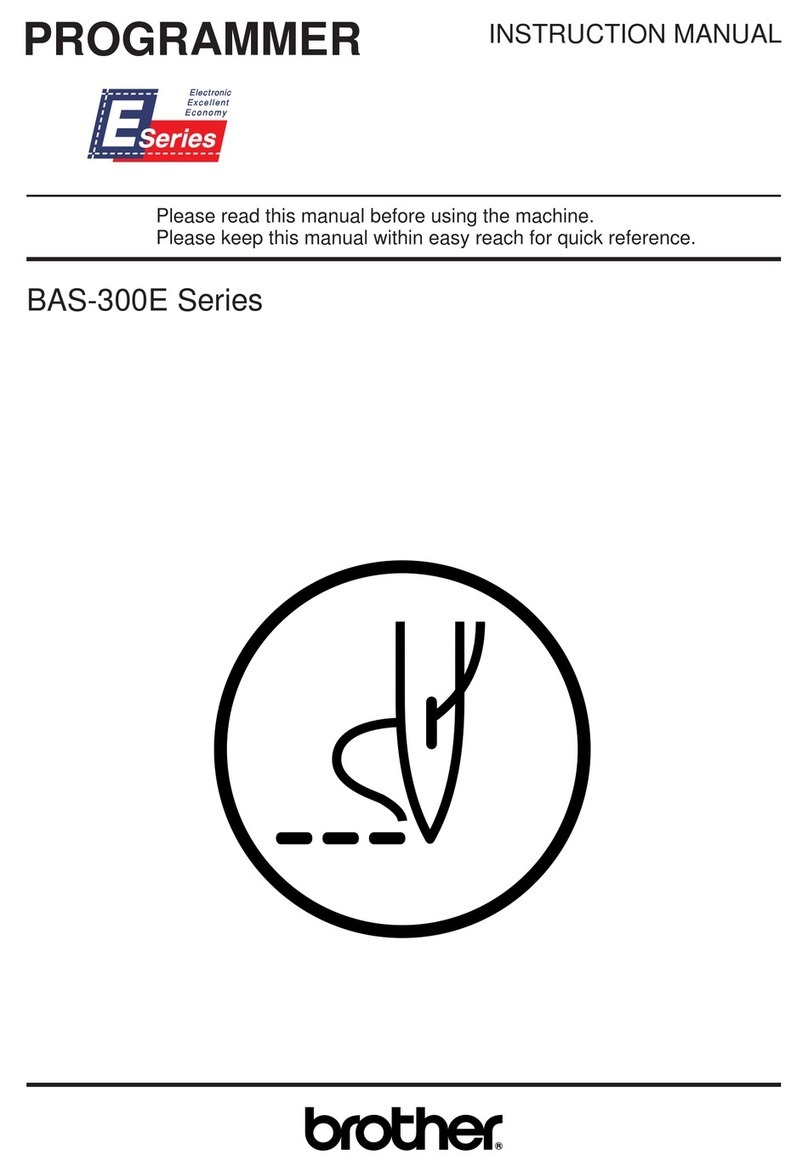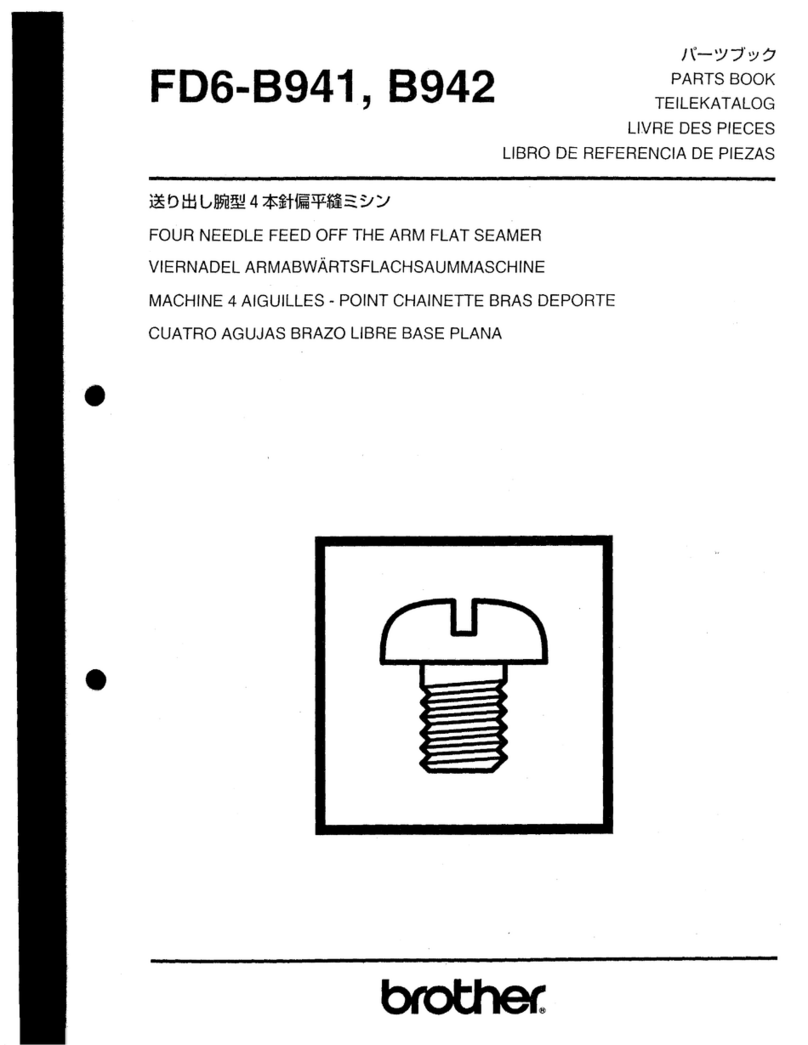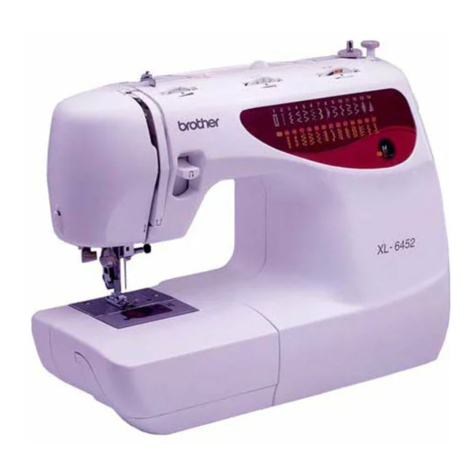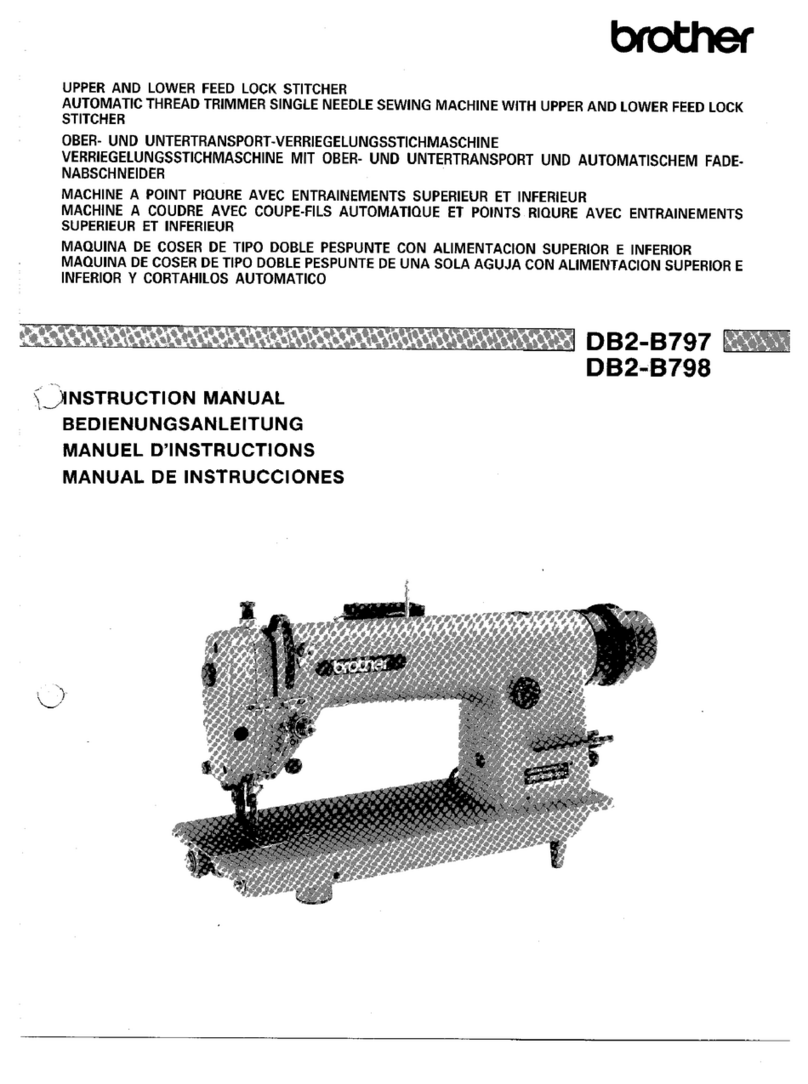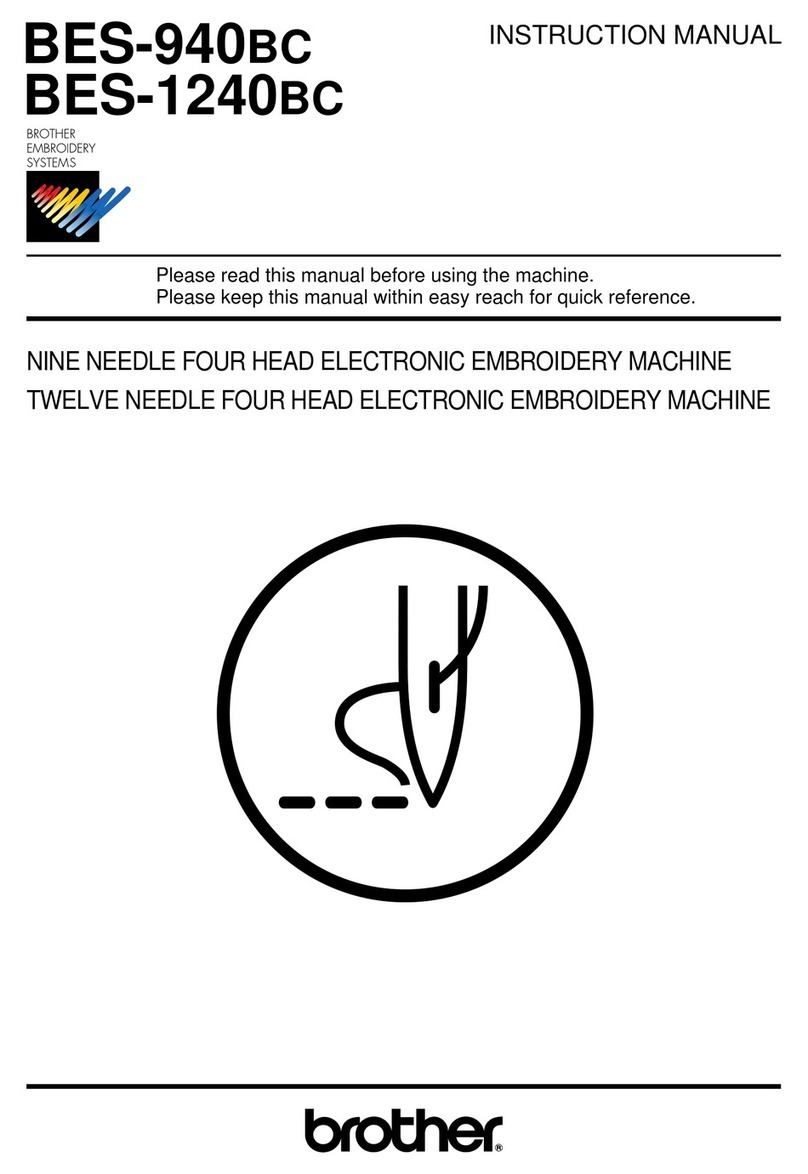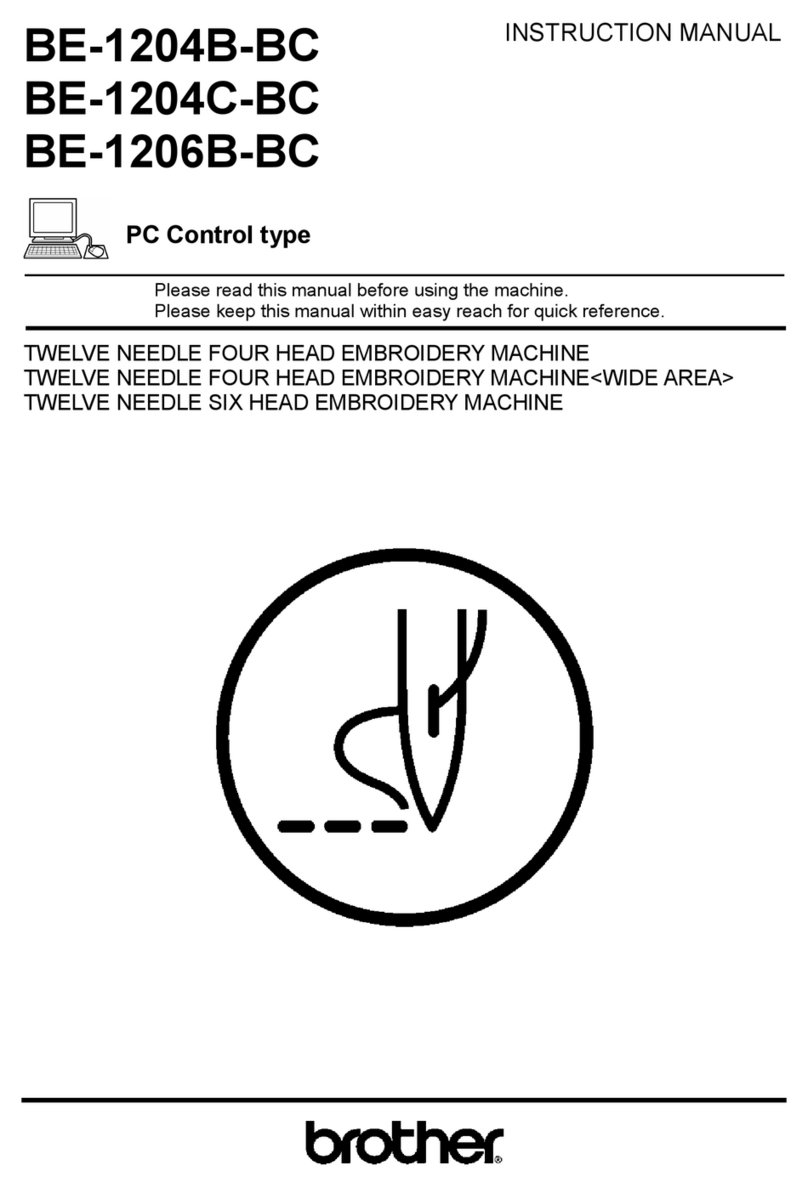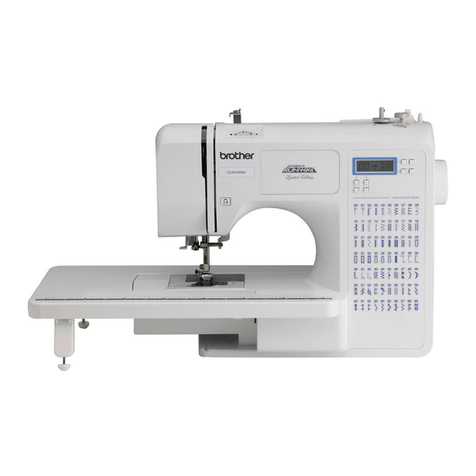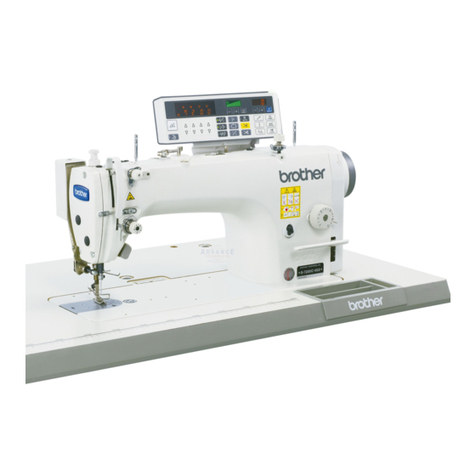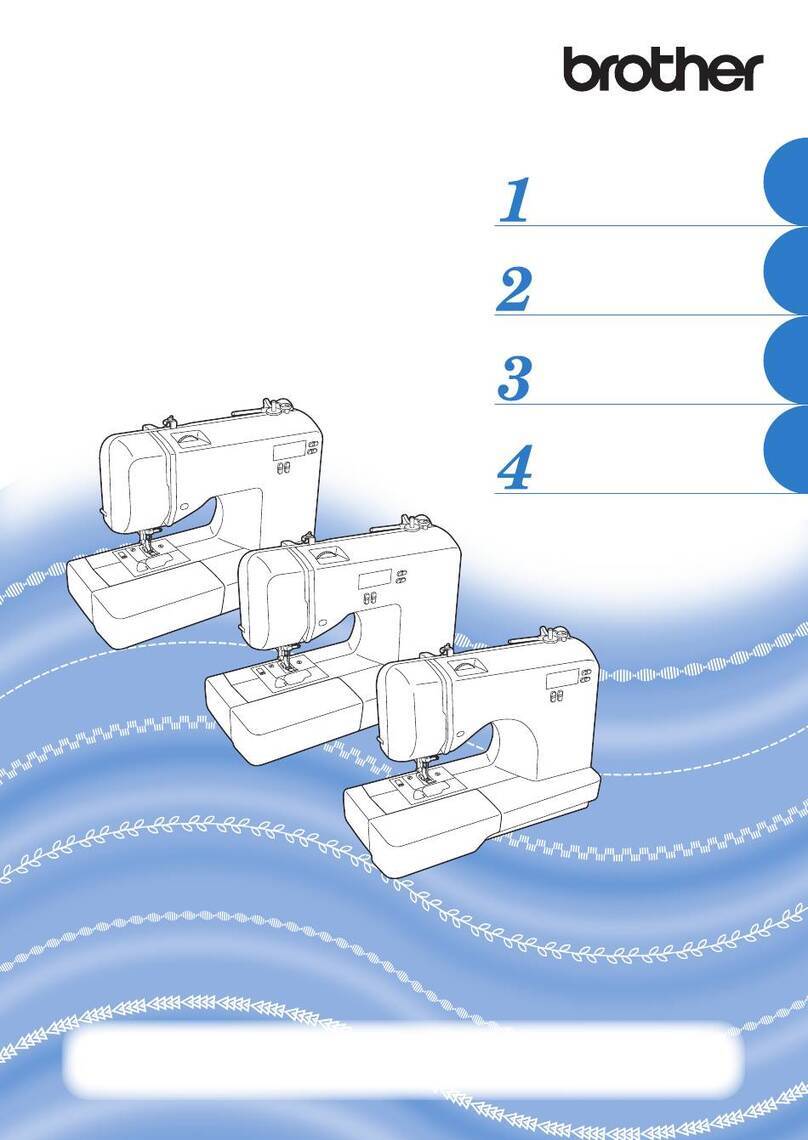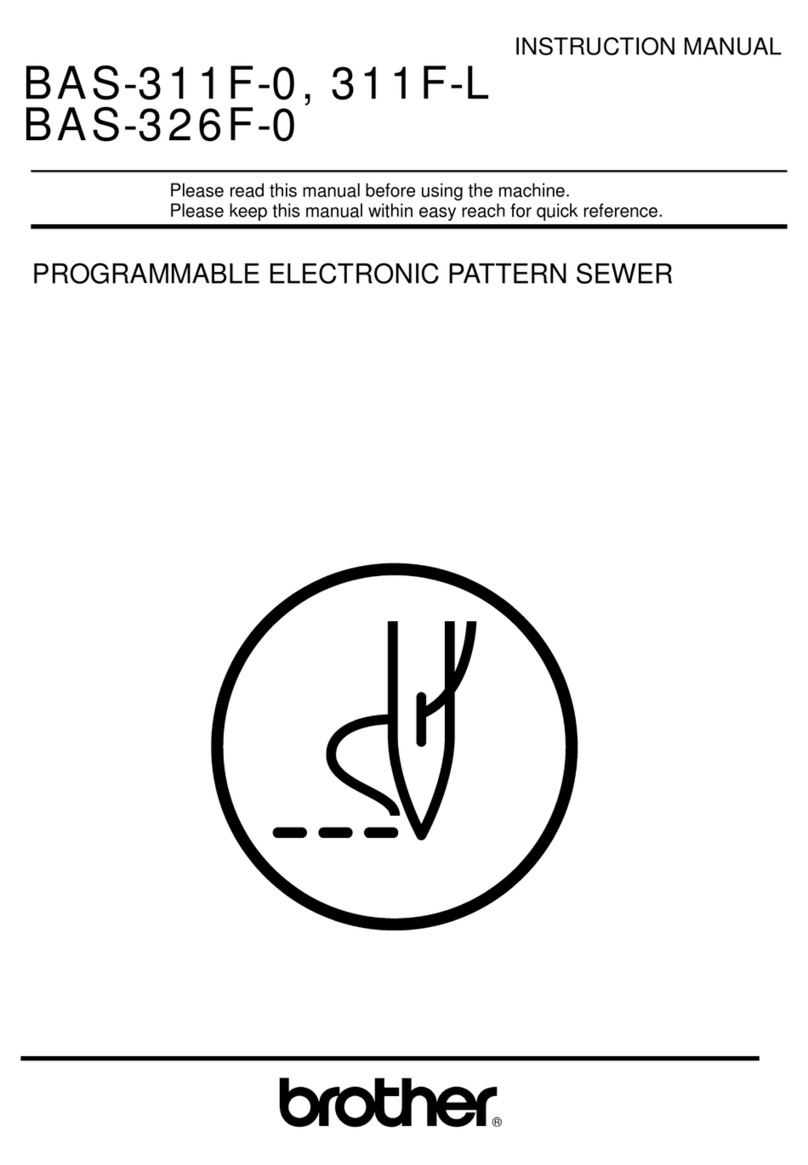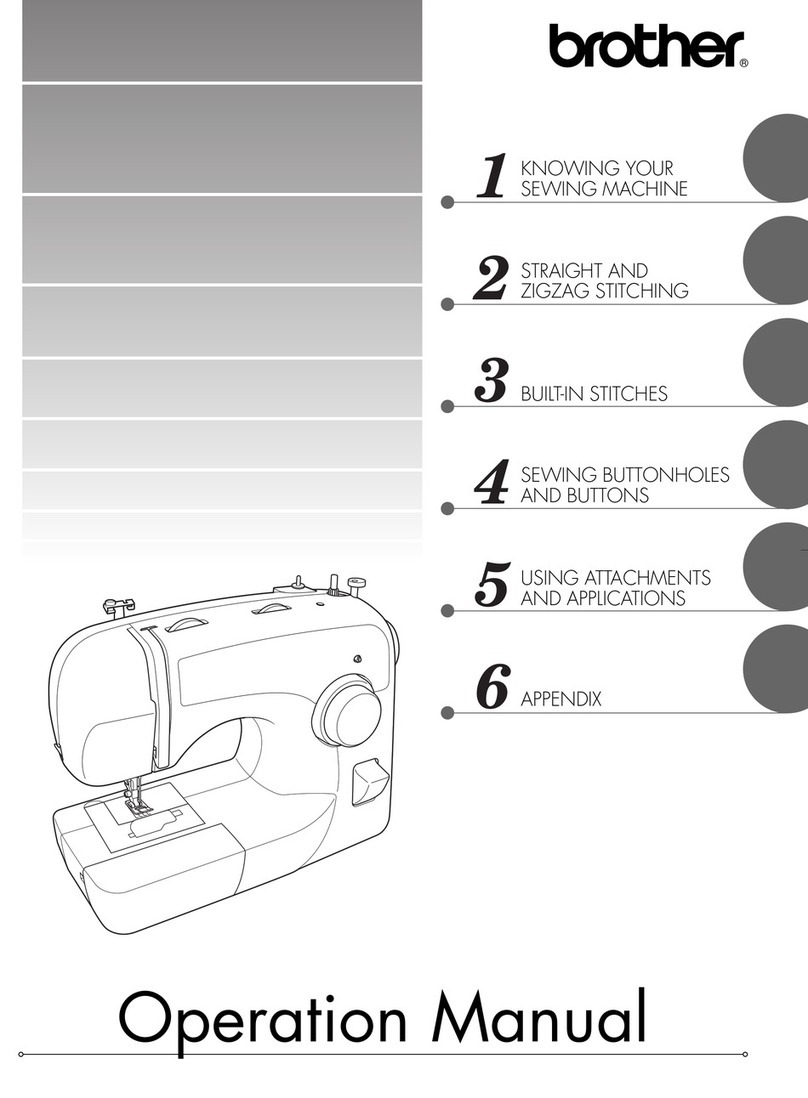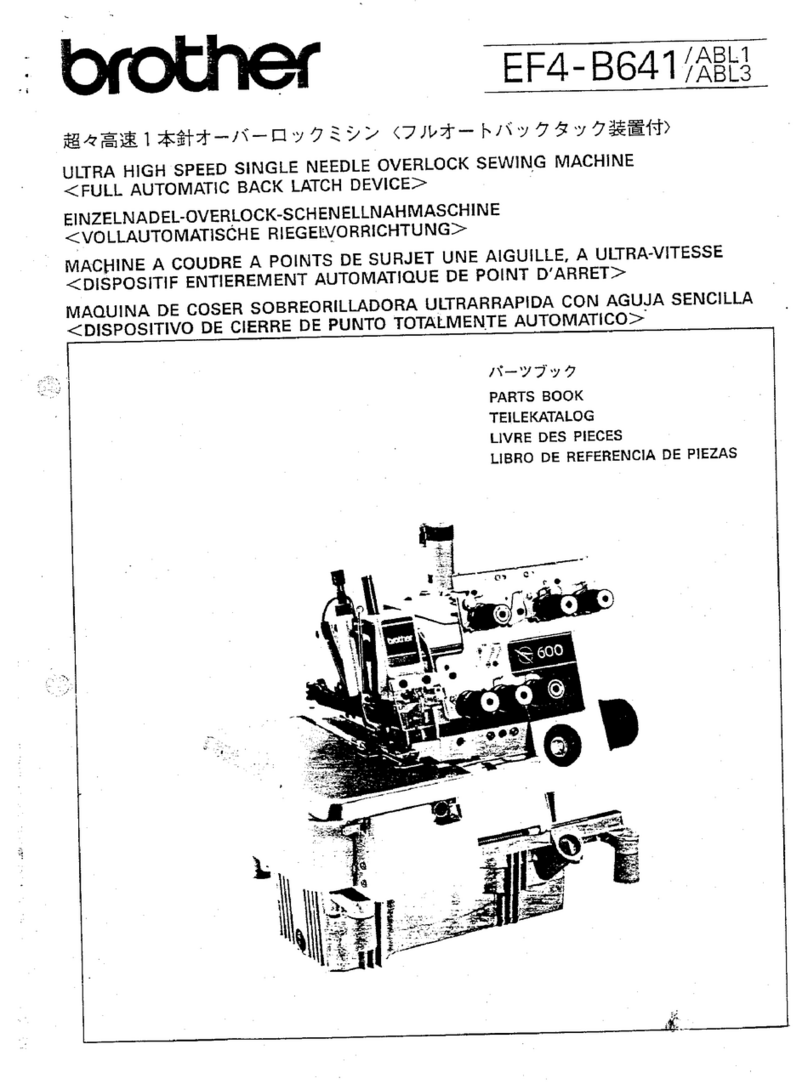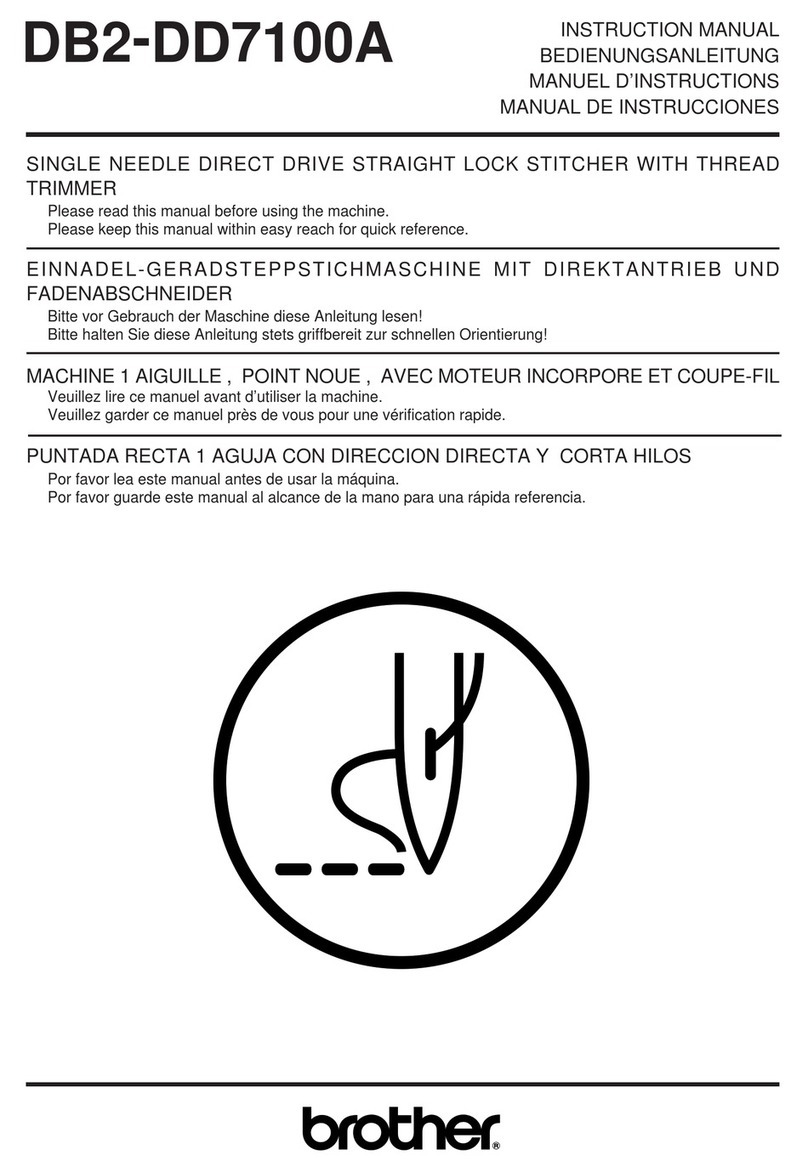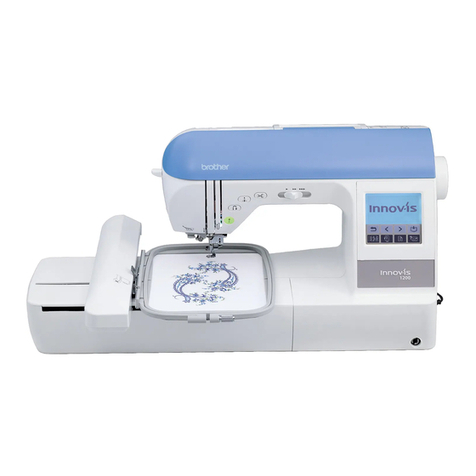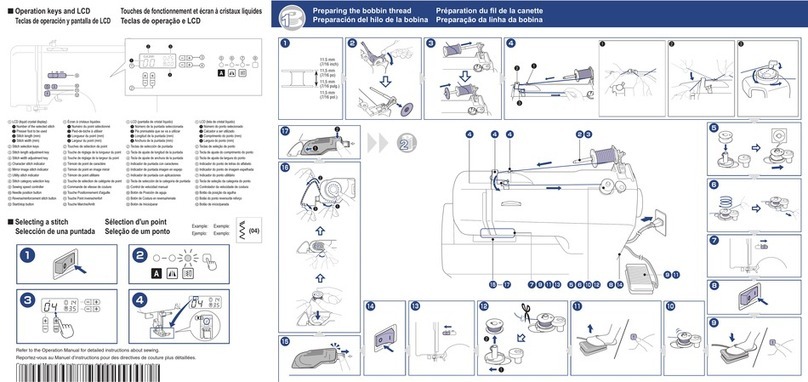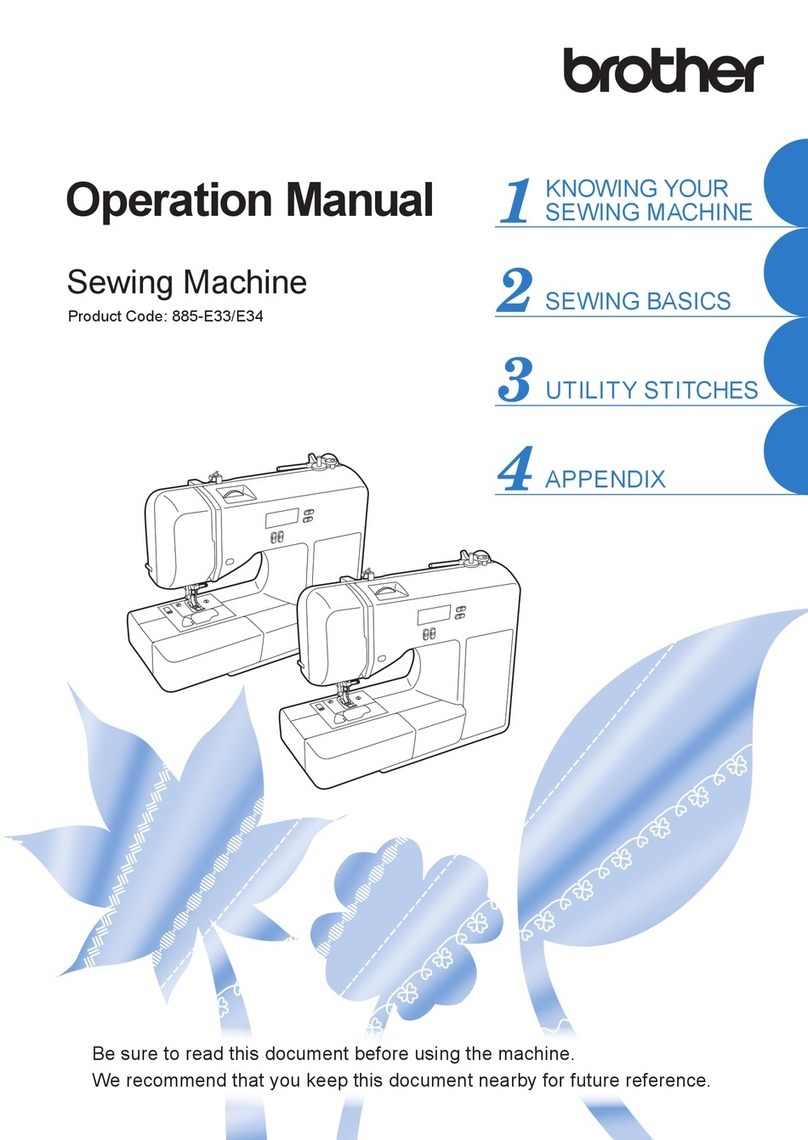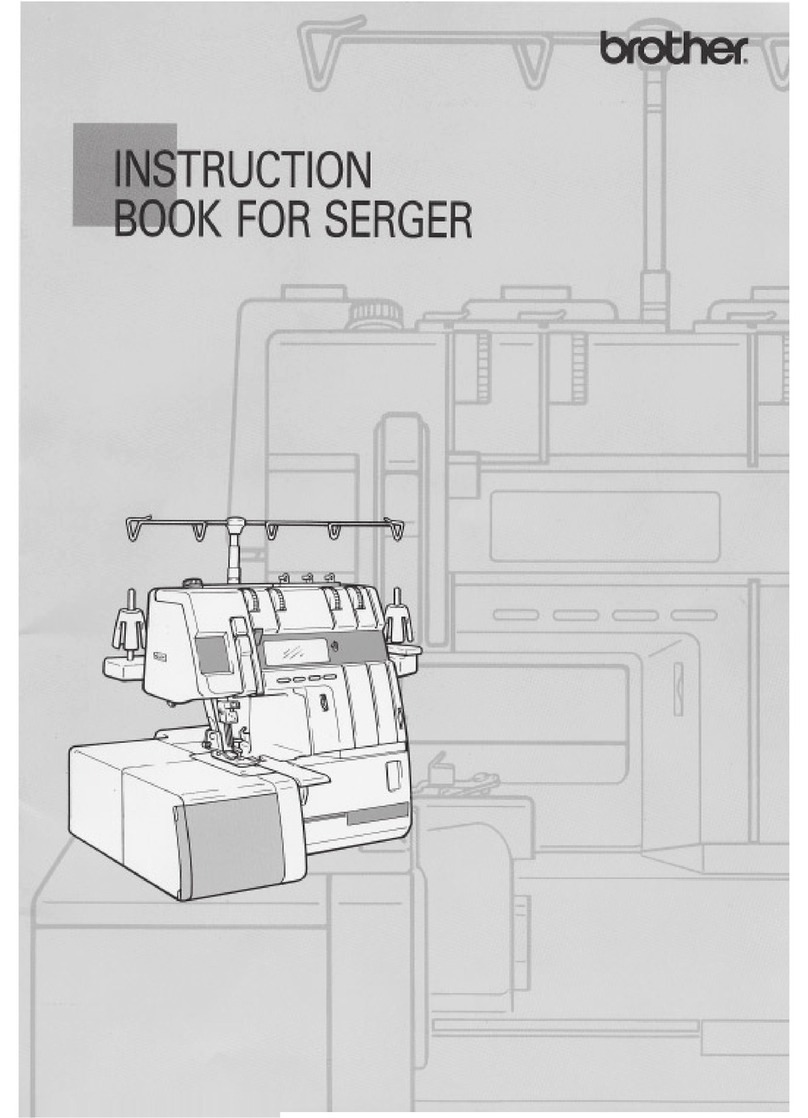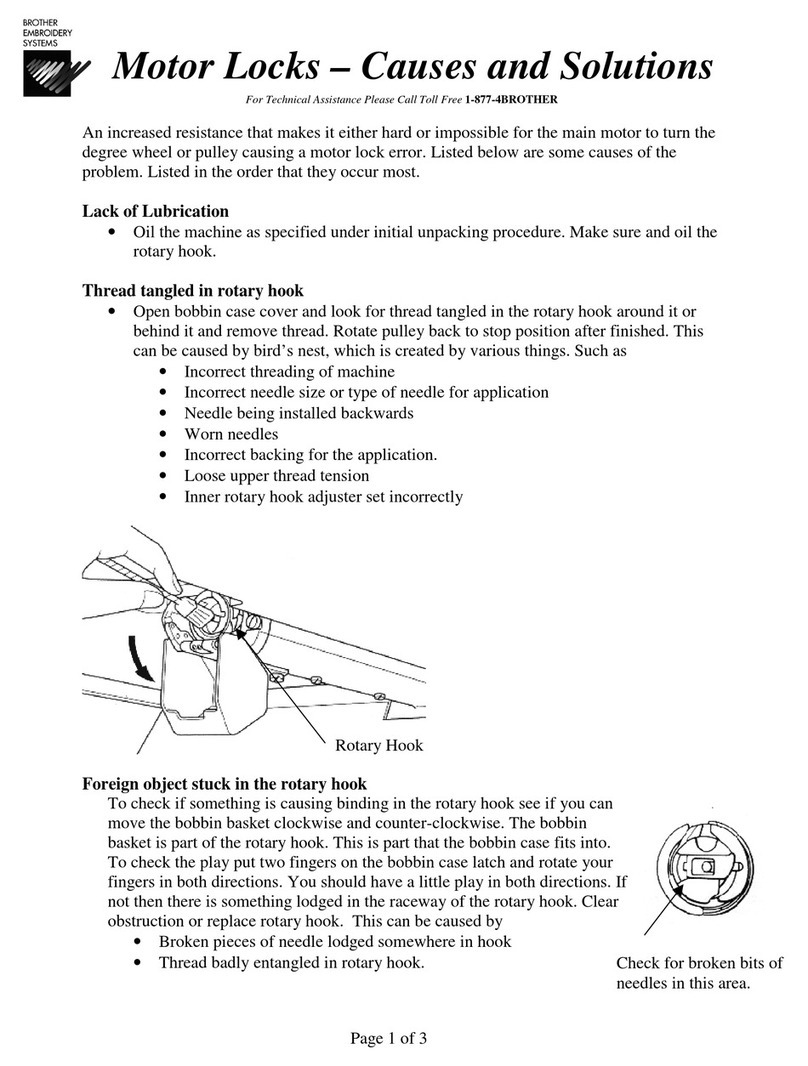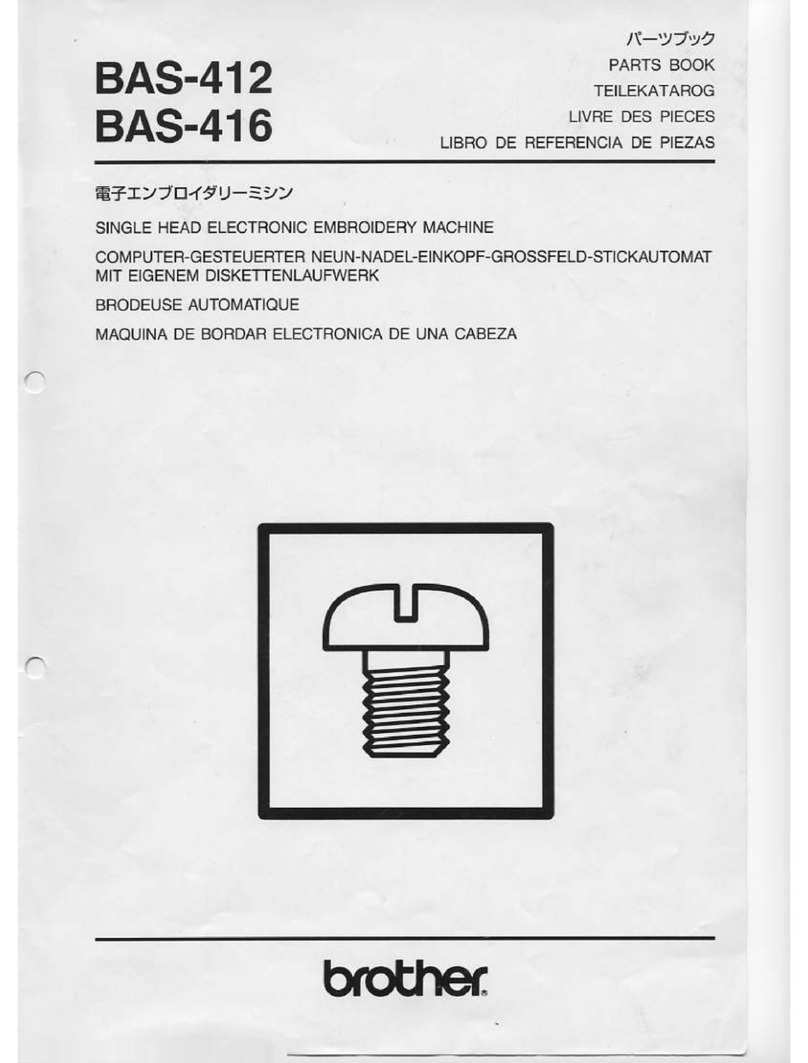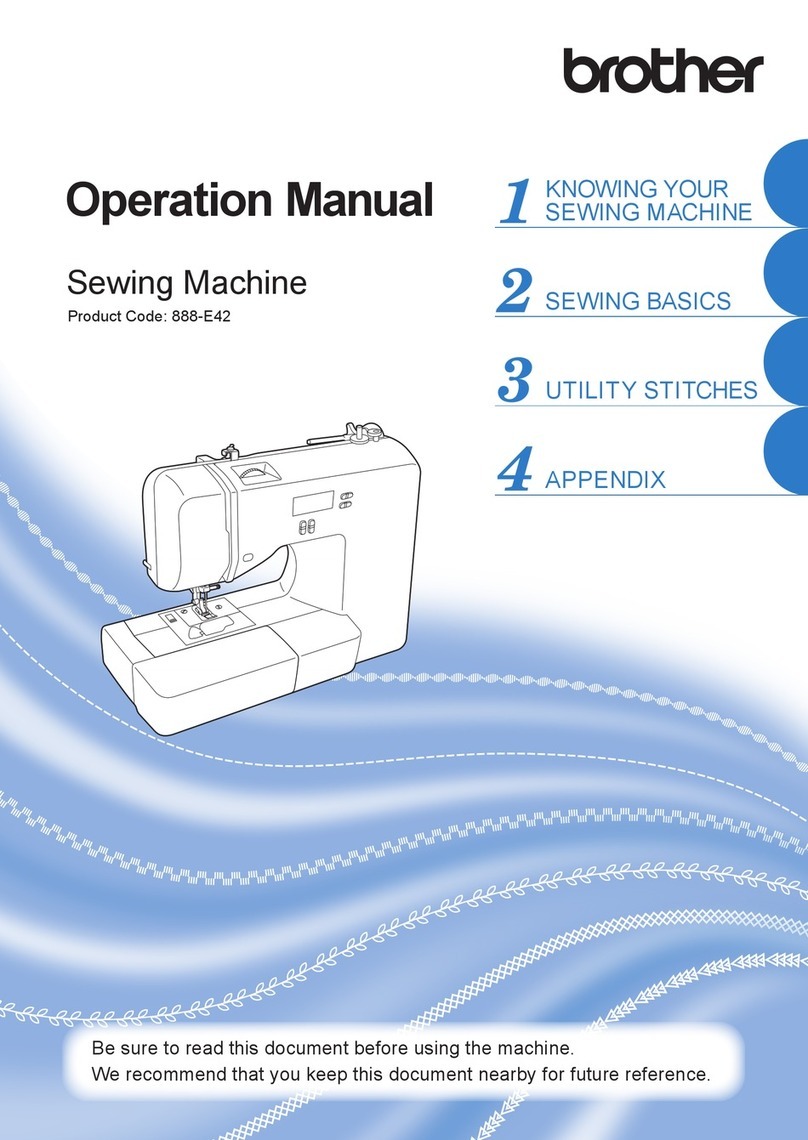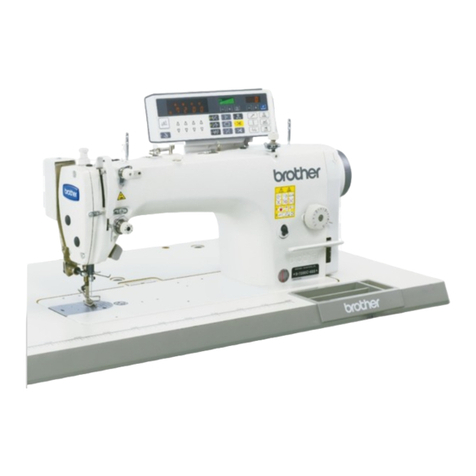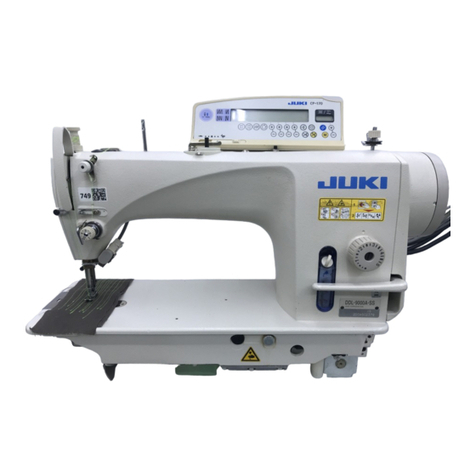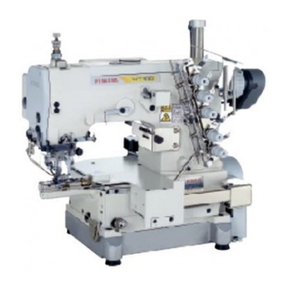
CONTENTS
1.
Specifications ....................................................................................................... ·················· 1
2. Features
...............................................................................................................................
..................
2
3. Operation ........................... .
..
········
....................
············
··············.
""
..................
·····...........
~
A)
Se\\'in,L(
speL'd
.............
. .
...........
2
B)
Motor,
motor
pulley
and
helt
..........................................................................................................
'>
Ci Setting
U))
..
.....
..
......
,,
D) Oiling. drnining and maintt•mmr:e....................................................................................
..
.....
..
......
,,
E)
Necdk• r:oolt•r
dt'l"iLt'
.......................................................................................................................
-1
F)
~lachi•w
"P"·ating
di•·cction ......... .
..............................................................................................
:J
G)
In~talling
needlt• ................................................................................................................................
;1
II) Thn•ading .............................................................................................................................
r;
I l
Stitr:he~
......................................................................................................................................
r;
.1)
ThrL'<td
ten~i4>n
.............................................. ............ 7
\.
Adju~tnll'nl
of
thrL•ad
take-up.................... ........................................................................ 7
'1
Adju~ting-
thr<.'ad
takl'·ltp and thre;td guide ..... ............................................... 7
:t
Adju~ting-
thrl'ad tl'nsion screw .......................
..
..................................... 7
KJ
Adjustnwnt on
pre~~un·
of presser foot: Installing and remo\"ing
ft•ed
dogs: and Height
of
feed dogs H
r-..
L)
Adjusting
~!itch
width................................................................................................................ H
·.
'
?\I) Adjusting stitch lt•ngth ........................................................................................................................ 9
?-;)
Adju,Ling diffcrc.,tial feed .................................................................................................................. 9
4. Adjustment................................................... ..............................................,.......................................
10
Al llt•ight of lll'l'dlt• .................................................................................................................................
lf)
Bl Relation
hl't\l'l'L'll
llt't•dk• and llll<kr loopt•r ........................................................................................
Hl
Cl
ln~talling
nt•edil' guard rear........................ .............................................................................
10
Dl
ln~talling
lll'l'dk guard front........................ ...........................................................................
II
El
Relation of needk• with under and
on·r
l11opt•r
.................................................................................
11
Fl
ln~talling
and nwinlt•mtncl' of lmin•s.................................................................................................
11
1
5.
Trouble shooting............................................................. .......................................................................
1~
Al
Thn•ad break......,..............................................................................................................................
1~
B) Skip
~!itching..........................................
.................................................................................
1:!
C)
:\"ecdlc
brt•a\;;
....................................................................................................................................
12
D)
ftnperfect chaining-off......................................................................................................................
1:1
El
Improper thn•ad tension...................................................................................................................
13
Fl
l'ttor trinllning perfonnance.............................................................................................................
13
(;)
Irregular
~\itches
..............................................................................................................................
1:1
Ill
Em•"ice
nT;ukb
along
>titchc~
........ ............................. .........................................
..
.............
J.J
I)
1\"l'L'<llt•
produces too large holes....................................................................................................... U
~
6.
Parts list ..............................................................................................................................................Fi
From the library of: Superior Sewing Machine & Supply LLC
